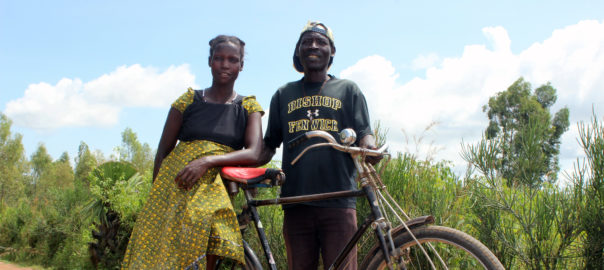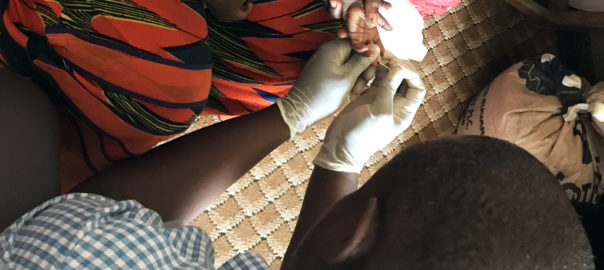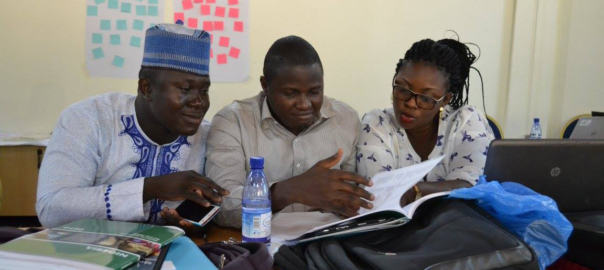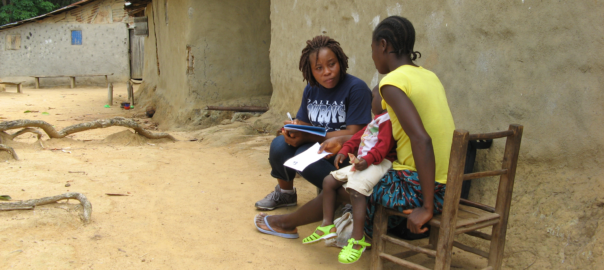Luminare: The DHS Program Blog Series on Innovation
This blog post is part of Luminare: The DHS Program Blog Series on Innovation. You can find additional posts in the Luminare series here. While The DHS Program is known for comparability and standard methods, it would not be relevant today without innovation. We’ve made big leaps – like moving from paper to tablet-based interviewing […]








